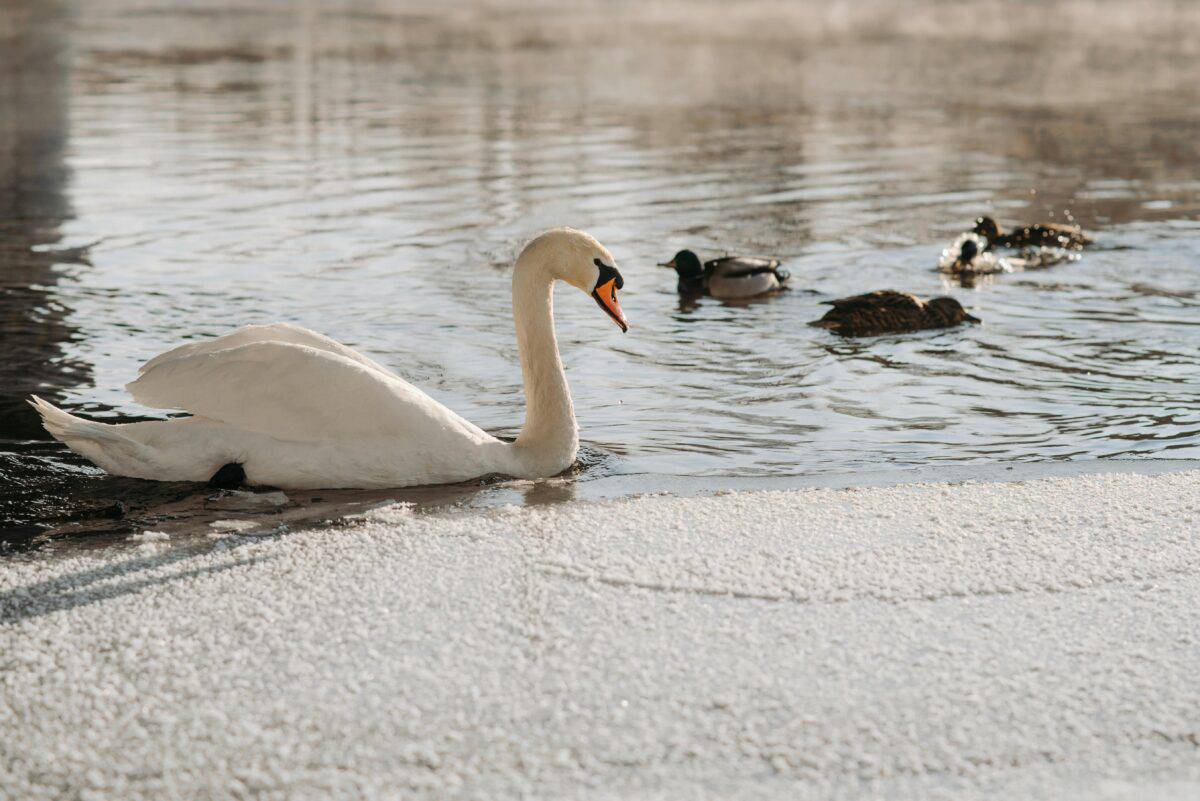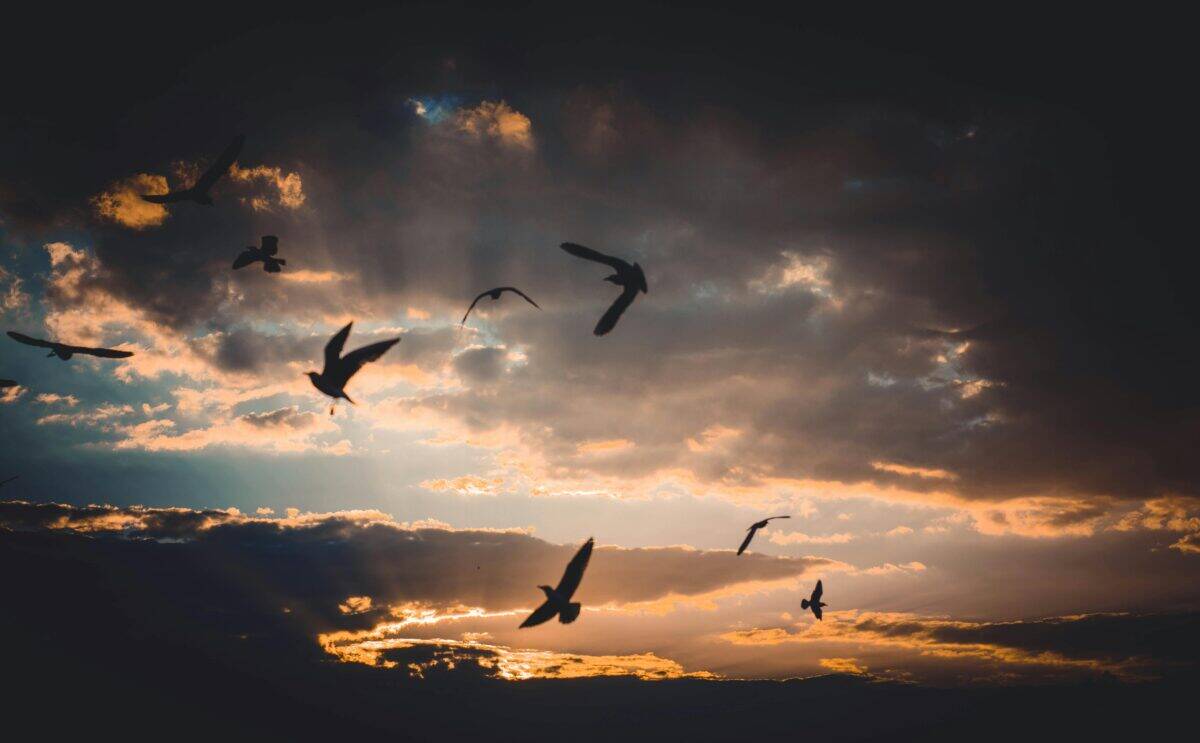Utah’s skies are growing quieter—and that’s not a good sign. A new report from the North American Bird Conservation Initiative reveals that the state has seen a severe drop in bird populations, echoing a national trend. Several species—including the greater sage grouse, Bendire’s thrasher, and sagebrush sparrow—have lost more than half their numbers in the last 50 years.
These birds are often tied closely to specific habitats, especially Utah’s fragile sagebrush steppe. As those landscapes shrink or change, so do the birds’ chances of survival. Biologists point to multiple overlapping threats: drought, habitat fragmentation, invasive grasses that fuel wildfires, and unchecked development. “We’re not just losing birds,” one ecologist warned, “we’re losing the ecosystems they represent.”
The Great Salt Lake’s Shrinking Habitat

Once a vibrant stopover for millions of migratory birds, the Great Salt Lake is rapidly drying up. Its shoreline has receded to historic lows, and the resulting loss of wetlands is devastating. The species affected are the snowy plover, avocets, and phalaropes. Without enough brine shrimp and insects to fuel their migrations, these birds struggle to survive the long flights to their next breeding or wintering grounds.
According to the Audubon Society, over 10 million birds rely on the Great Salt Lake system every year. But with less water flowing in and no federal protections for the lake itself, advocates fear time is running out. Some researchers compare the situation to the Aral Sea catastrophe. It is a warning that once a system collapses, recovery becomes incredibly difficult.
Economic Impacts That Ripple Beyond the Sky
Birds aren’t just pretty to watch—they’re part of an enormous economic engine. Birdwatching tourism alone brings in billions each year, and many agricultural operations depend on birds for natural pest control and pollination. A healthy bird population contributes to a balanced food web and keeps ecosystems functioning efficiently.
A 2023 federal report estimated that birds contribute roughly $280 billion to the U.S. economy annually. As populations decline, those economic benefits could fade—especially in states like Utah that depend heavily on outdoor tourism and recreation.
Bird Conservation Efforts Offer Some Hope

All is not lost. Conservationists point to targeted wetland protections and habitat restoration projects that have shown measurable success. Ducks and other waterbirds have seen population boosts in areas where landowners and agencies have worked together to preserve breeding and nesting sites.
Programs such as the Wetlands Reserve Easement initiative and prescribed burning efforts in sagebrush country have helped maintain or restore crucial habitats. “Where we invest in conservation, we see results,” said a Utah Division of Wildlife Resources official.
Advocates say these efforts must scale up, and fast. Otherwise, more bird species could slip into endangered status, and Utah’s ecosystems may lose some of their most vital and iconic members.
- Bride Surprises Groom With Rescued Animals at Bachelor Party - August 7, 2025
- White Deer Duo Stuns Iowa Family on Backroad Drive - August 1, 2025
- Iguana Fell and Hit Florida Man in the Face During Cold Snap - July 18, 2025

